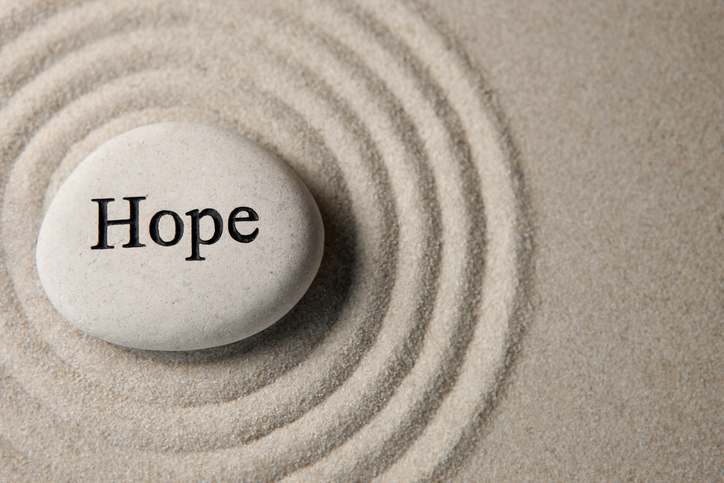My previous guest blog post, “Taking Care of Our Neighbors” (here), was focused on improving the health of uninsured, low income Americans, and the Dispensary of Hope’s incredible collaborative network. Today, my mind is on the need for a change in our economic perspective as it relates to improving the health of our uninsured friends, family, and neighbors.
The economics of healthcare involve an important theme – healthy people pay to improve the health of those who are not healthy. Public insurance, private coverage, public subsidies, private charity – you and I pay for insurance and various subsidies that impacts those who are sick. That is the US system of care, with much of the proactive subsidization going to our US safety net programs such as Medicaid and SCHIP.
But not everyone exists “inside” of this system. For those who are almost down but not quite out – the 30 million in this country who are uninsured working poor – exist outside the economic model. The low income uninsured are among the waitresses, the day laborers, the landscapers, the small business self-employed, and the hairdressers. They make wages that are sometimes barely livable, and therefore do not contribute very much tax revenue into the US healthcare economy. And not being under a coverage model, they get little of the subsidy when they are sick. They are, in some ways, invisible and outside of the US healthcare economic system. The trickle down happens, but it is spotty, and unplanned… and unfair. They show up at an ER when they are ill, are admitted, and pay the small amount that they can without a subsidy or net below them.
The Dispensary of Hope looks to impact this gap in the nation’s healthcare balance sheet, doing so by aligning the collaborative generosity of two massive industries — the medication manufacturer and the vertically integrated health system. Manufacturers donate the product needed by the uninsured. Vertically integrated systems of care dispense the product for free. Through partnership, the program delivers essential medicine, free of cost, to the people who need it the most but cannot afford it. Quietly, millions of doses are created, shipped, stocked, ordered, and dispensed to those who are uninsured and unable to afford their medication. This happens at dispensing sites located all across this nation (http://dispensaryofhope.org/find-meds/).
Medications have an enormous impact on health outcomes, particularly among the uninsured chronically ill. The result of consistent access to medications, the return on investment if you will, is a reduction in costs. This savings hits hospitals, communities, and the patient’s themselves, all a result of a powerful impact on health. At scale, the Dispensary of Hope costs about $3 million to run, and delivers about 45 million doses. In 2015, the Advisory Board Company found that the average annualized cost per in-patient visit is reduced by $1500 and the cost per emergency department visit is reduced by 45% for patients served by Dispensary of Hope medication. Patients with disease states including diabetes, congestive heart failure and other chronic conditions demonstrated improvements in health outcomes that continue to improve year after year. Medications make people healthy, and reduce healthcare costs in communities. Donated medications, offered in consistent supply to the right patients actually bend the economics curve!
I love the fact that in order to reduce healthcare cost and increase health outcomes… everybody simply does what they’re already good at. The manufacturer donates the high quality medicine they’ve already produced and wish to provide to the vulnerable; the pharmacies and clinics distribute medications and offer disease and treatment education to the patients that they already wish to serve; the patients participate in their care by being compliant with their medication regimen and experiencing health outcomes improvement… and communities tap into the resulting healthcare cost savings and increases in earnings and quality of life among their residents. The return on investment is remarkable. And since everyone does what they know best to do, the impact is sustainable on a national scale. Today, the Dispensary of Hope has 140 dispensing sites across the US. By 2020, that number will increase to over 250.
The US healthcare system was not designed to accommodate a large percentage of low income, uninsured. And the economics of the current system are not sustainable. The uninsured exist on the margins of the system… in a broken subsystem. To impact their health in a broad way, you have to use a different mechanism. Our mechanism is collaboration and the common goal of serving those in need.
For more information on the Dispensary of Hope please visit:



